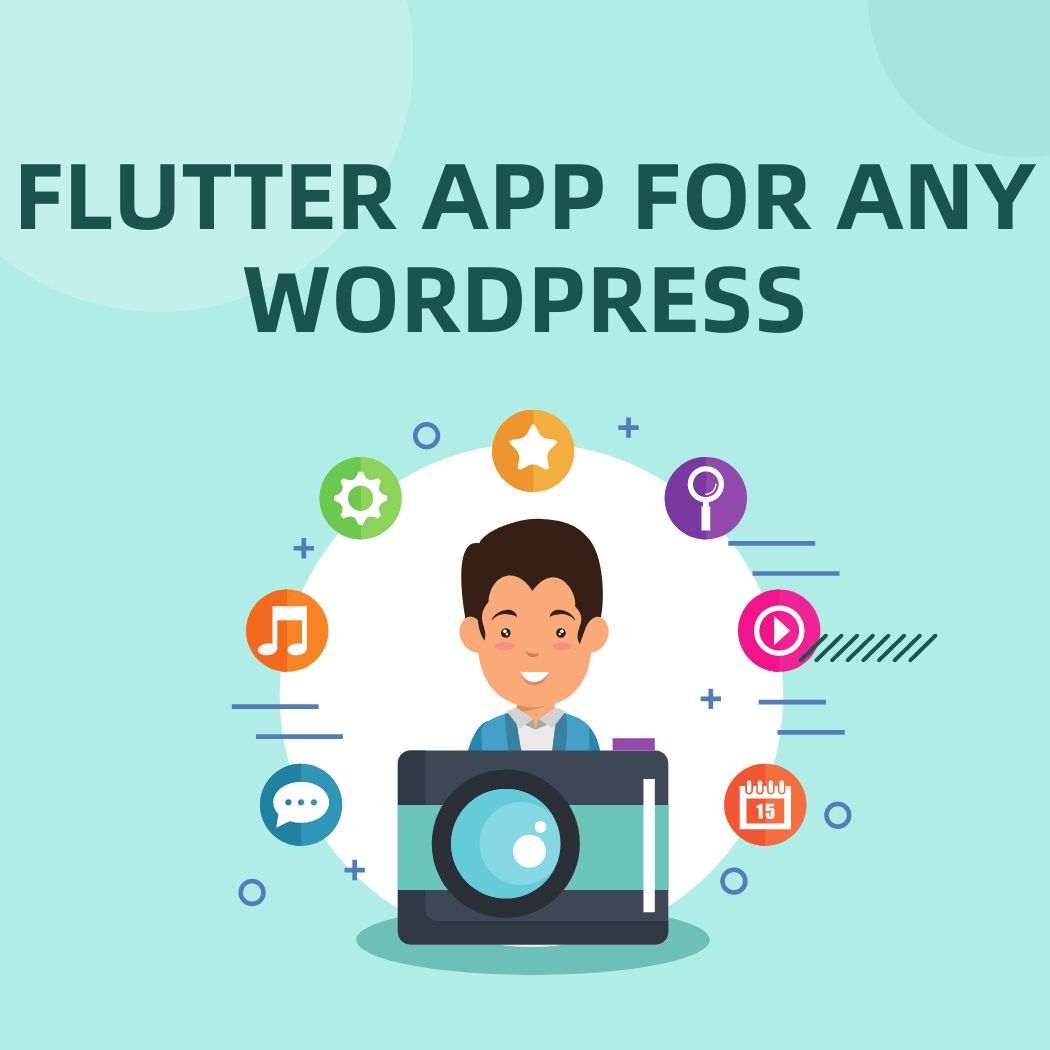In today’s digital age, having a mobile app for your WordPress website can greatly enhance user experience and engagement. Flutter, Google’s UI toolkit for building natively compiled applications for mobile, web, and desktop from a single codebase, offers an excellent solution for creating cross-platform apps. In this blog post, we will explore how to leverage Flutter to build a mobile app for your WordPress website, providing step-by-step guidance and valuable insights for developers and website owners.
Introduction to Flutter and WordPress Integration
Flutter is a powerful framework that allows developers to create high-quality native interfaces for both Android and iOS platforms using a single codebase. Integrating Flutter with WordPress can provide website owners with a mobile app that offers a seamless user experience and access to content on the go.
How does Flutter work with WordPress?
Flutter communicates with WordPress websites through REST APIs, enabling data retrieval and interaction between the app and the website. By utilizing REST APIs, developers can fetch posts, pages, media, and other content from the WordPress backend and display it in the Flutter app.
Benefits of using Flutter for WordPress app development
- Cross-platform compatibility
- Hot reload feature for faster development
- Native performance
- Rich set of customizable widgets
- Enhanced user experience
Setting Up Your Development Environment
Before you start building your Flutter app for WordPress, you need to set up your development environment. Follow these steps to ensure a smooth development process:
- Install Flutter SDK on your machine.
- Set up an emulator or connect a physical device for testing.
- Install necessary plugins for WordPress integration.
- Set up authentication with your WordPress website.
Creating the User Interface (UI)
The user interface is a crucial aspect of any mobile app as it directly impacts user engagement and retention. When designing the UI for your Flutter app, consider the following best practices:
- Use Material Design guidelines for a consistent look and feel across platforms.
- Implement responsive layouts to ensure compatibility with various screen sizes.
- Utilize Flutter’s widget library to create interactive elements such as buttons, navigation bars, and lists.
- Incorporate branding elements to maintain brand identity.
Fetching Data from WordPress
To populate your Flutter app with content from your WordPress website, you need to retrieve data using REST APIs. Follow these steps to fetch data from WordPress:
- Authenticate your app with the WordPress website.
- Use HTTP requests to fetch posts, pages, categories, and media from the WordPress backend.
- Parse the JSON response and display the content in your Flutter app using widgets like ListView and Card.
Implementing Features and Functionality
Enhance the functionality of your Flutter app by incorporating features that engage users and add value. Consider implementing the following functionalities:
- Search functionality to allow users to search for specific content.
- Offline capabilities for users to access content without an internet connection.
- Social sharing options to promote content across platforms.
- Push notifications to notify users of new updates and posts.
Testing and Optimization
Testing is a critical phase of app development to ensure a bug-free user experience. Perform the following tests to optimize your Flutter app for performance:
- Manual testing on various devices and screen sizes.
- Automated testing using Flutter’s testing framework.
- Performance testing to identify and resolve any bottlenecks.
- User acceptance testing to gather feedback and make improvements.
Publishing Your App
Once you have completed development and testing, it’s time to publish your Flutter app for users to download and enjoy. Follow these steps to publish your app on Google Play Store and Apple App Store:
- Generate an APK file for Android or an IPA file for iOS.
- Create developer accounts on Google Play Store and Apple App Store.
- Submit your app for review and approval.
- Promote your app through marketing channels to reach a wider audience.
Maintaining and Updating Your App
After launching your Flutter app for WordPress, it’s essential to regularly maintain and update it to ensure optimal performance and user satisfaction. Consider the following practices for app maintenance:
- Monitor app performance metrics and user feedback.
- Fix bugs and issues promptly through regular updates.
- Enhance features and functionality based on user preferences.
- Stay informed about Flutter and WordPress updates for compatibility.
Conclusion
Building a Flutter app for your WordPress website can significantly enhance user engagement and provide a seamless mobile experience. By following the steps outlined in this blog post, you can create a feature-rich app that showcases your WordPress content effectively. Embrace the power of Flutter and WordPress integration to stay ahead in the digital landscape.
By following this comprehensive guide, you will be well-equipped to develop a high-quality Flutter app for your WordPress website, catering to the growing demand for mobile experiences in today’s digital era.
